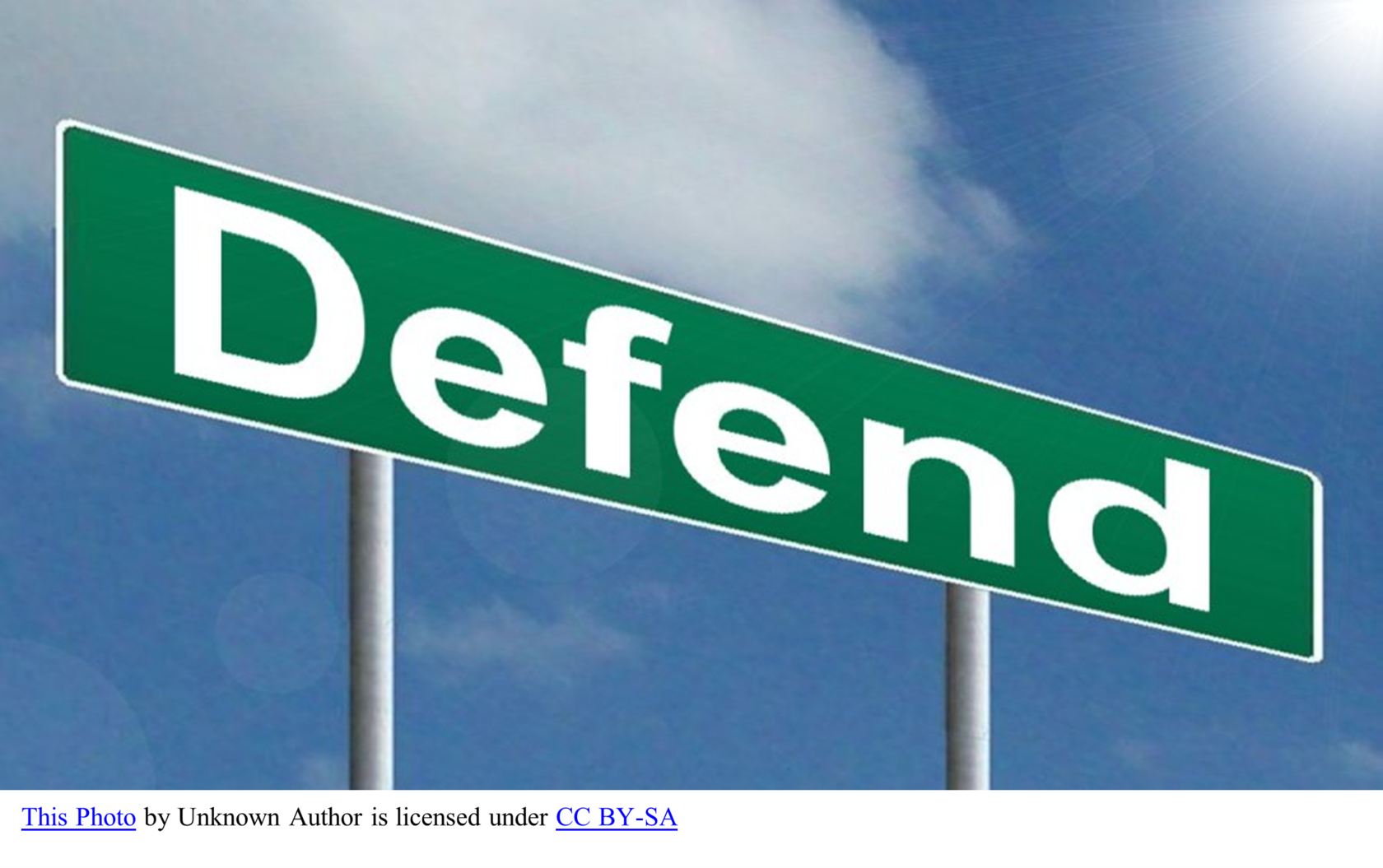One of the main and most consistent behaviors that I have witnessed in the workplace is that of defensiveness. It seems to be a universal behavior for targets, bystanders, and/or aggressors. Defensiveness looks similar among these roles, but the reasons behind the defensive behavior tends to be different.
Targets use defensiveness as a means to “defend” what the target is doing. Typically, to prove that they have actually done what they are being accused of not doing. The goal is not aggression, but rather protection of their workplace behavior. However, for targets, defensiveness makes them vulnerable to experiencing more workplace bullying.
Bullies, on the other hand, use defensiveness as a way to cover up and as a tool to keep people out of the loop. Defensiveness for the aggressor is an act of aggression and a form of workplace violence. Aggressors use defensiveness to preserve the illusion that they are working hard for the organization and that they are at the top of their game. Defensiveness is also exercised by aggressors to manipulate the environment and influence the behavior of others in the room.
I was recently in a meeting where a discussion ensued around incorporating another program into a department. The discussion focused on the purpose of this program and in particular the advantages and disadvantages. The conversation was very general and non-threatening. Nothing arose in the discussion that was directly aimed at any person. A discussion ensued about who might be in charge of this program. The department bully wanted this position and had decided they were the best fit. Others, disagreed and the bully, who was not qualified became both verbally and physically defensive. Physically, the person began moving around in their chair, shuffling papers and rolling their eyes. Verbally, the person began talking over everyone else making statements such as “I am the best person for the job and this is my area of expertise.”
These statements were an attempt by the aggressor were designed to take away from the actual conversation which was valuable and productive. The defensiveness was an attempt to frustrate everyone else so that they would just agree with the bully and they could have their way. The bully kept up their defensiveness, people did get frustrated and the bully’s tactic’s worked. In this case, the conversation was halted, the poor workplace behavior was rewarded, and the dean awarded the bully the director’s positions.
Bystanders use defensiveness for both reasons—to defend themselves and to deflect. They are in a unique situation as they frequently flip flop between being loyal to the aggressor or the target. The bystander uses defensiveness as both a means of protection and a means of workplace aggression depending on circumstances, they find themselves in.
I recommend that we try to get away from using defensiveness behavior in the workplace. No matter who is being defensive, it is not a productive use of time and can be a harmful for the overall workplace environment.
Call to Action:
Take a few minutes to observe your own behavior when tensions rise. Are you getting defensive? if so, what is a better strategy that you can use?

